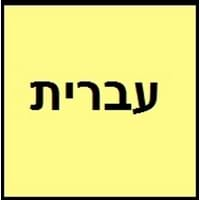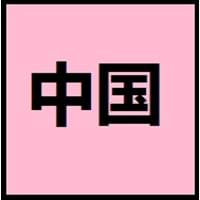Hebrew vs Chinese
- The original language of Bible is Hebrew.
- The men and women use different verbs in hebrew language.
- Chinese language is tonal, since meaning of a word changes according to its tone.
- In Chinese language, there is no grammatical distinction between singular or plural, no declination of verbs according to tense, mood and aspect.
Hebrew and Chinese Language History
Comparison of Hebrew vs Chinese language history gives us differences between origin of Hebrew and Chinese language. History of Hebrew language states that this language originated in 1000 BC whereas history of Chinese language states that this language originated in 1250 BC. Family of the language also forms a part of history of that language. More on language families of these languages can be found out on Hebrew and Chinese Language History.
Hebrew and Chinese Greetings
People around the world use different languages to interact with each other. Even if we cannot communicate fluently in any language, it will always be beneficial to know about some of the common greetings or phrases from that language. This is where Hebrew and Chinese greetings helps you to understand basic phrases in Hebrew and Chinese language. Hebrew word for "Hello" is שלום (Shalom) or Chinese word for "Thank You" is 谢谢 (Xièxiè). Find more of such common Hebrew Greetings and Chinese Greetings. These greetings will help you to be more confident when conversing with natives that speak these languages.
Hebrew vs Chinese Difficulty
The Hebrew vs Chinese difficulty level basically depends on the number of Hebrew Alphabets and Chinese Alphabets. Also the number of vowels and consonants in the language plays an important role in deciding the difficulty level of that language. The important points to be considered when we compare Hebrew and Chinese are the origin, speaking countries, language family, different greetings, speaking population of these languages. Want to know in Hebrew and Chinese, which language is harder to learn? Time required to learn Hebrew is 44 weeks while to learn Chinese time required is 88 weeks.





